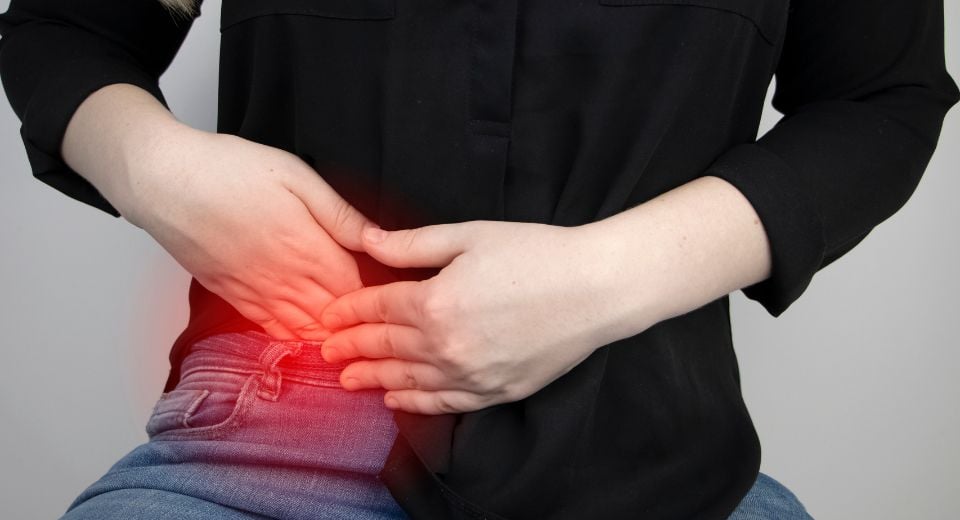
Author: Andrew Hannegan, MA/X-Ray Tech
Appendicitis happens when your appendix becomes inflamed, likely due to a blockage. In the United States, appendicitis is the most common cause of abdominal pain resulting in surgery. Up to 9 percent of Americans experience it at some point in their lives.
The appendix is a small pouch attached to the intestine located in your lower-right abdomen. When your appendix becomes blocked, bacteria can multiply inside it that can lead to the formation of pus and swelling, which can cause painful pressure in your abdomen.
Left untreated, appendicitis can cause your appendix to burst. This can cause bacteria to spill into your abdominal cavity, which can be serious and sometimes fatal if untreated.
There are two types of appendicitis, acute and chronic.
Acute appendicitis is a severe and sudden case of appendicitis. It’s most common in children and young adults between the ages 10 and 30 years old and occurs more frequently in males than females. Pain tends to develop and intensify quickly over the course of 24 hours. It requires immediate medical treatment. If left untreated, it can cause your appendix to rupture. This can be serious and even fatal. Acute appendicitis is more common than chronic appendicitis, occurring in about 7 to 9 percent of all Americans in their lifetime.
Chronic appendicitis is less common than acute appendicitis. It occurs in only about 1.5 percent of all people who have already had a case of chronic appendicitis. In chronic cases of appendicitis, the symptoms may be relatively mild and are thought to usually occur following a case of acute appendicitis. Symptoms may disappear before reappearing again over a period of weeks, months, or even years. This type of appendicitis can be challenging to diagnose. Sometimes it’s not diagnosed until it develops into acute appendicitis.
Appendicitis pain often starts off as mild cramping in your upper abdomen or belly button area that then moves to the lower right quadrant of your abdomen.
This pain often:
– Begins suddenly
– Gets worse when you move or cough
– Is so intense that it wakes you from sleep
– Is severe and different from other abdominal pain you’ve experienced
– Worsens within a few hours
Other symptoms of appendicitis may include:
– Loss of appetite
– Indigestion
– Nausea
– Vomiting
– Abdominal swelling
– Low-grade fever
Less commonly, you may experience bowel problems including:
– Diarrhea
– Constipation
– The desire to make bowel movements
– Inability to pass gas
If you’re constipated and you suspect that you may have appendicitis, avoid taking laxatives or using an enema. These treatments may cause your appendix to burst. Contact your doctor if you have tenderness in the right side of your abdomen along with any of other symptoms of appendicitis. Appendicitis can quickly become a medical emergency. Get the information you need to recognize this serious condition. If your child develops symptoms of appendicitis, contact their doctor right away.
If your doctor suspects you might have appendicitis, they will talk to you about your symptoms and medical history. They’ll then perform a physical exam to check for tenderness in the lower right part of your abdomen and swelling or rigidity. They may also do a digital rectal exam.
Depending on the results of your physical exam, your doctor may order one or more tests to check for signs of appendicitis or rule out other potential causes of your symptoms. There’s no single test available to diagnose appendicitis. If your doctor can’t identify any other causes of your symptoms, they may diagnose the cause as appendicitis.
The information provided is for general interest only and should not be misconstrued as a diagnosis, prognosis, or treatment recommendation. This information does not in any way constitute the practice of medicine, or any other health care profession. Readers are directed to consult their health care provider regarding their specific health situation. Marque Medical is not liable for any action taken by a reader based upon this information.


